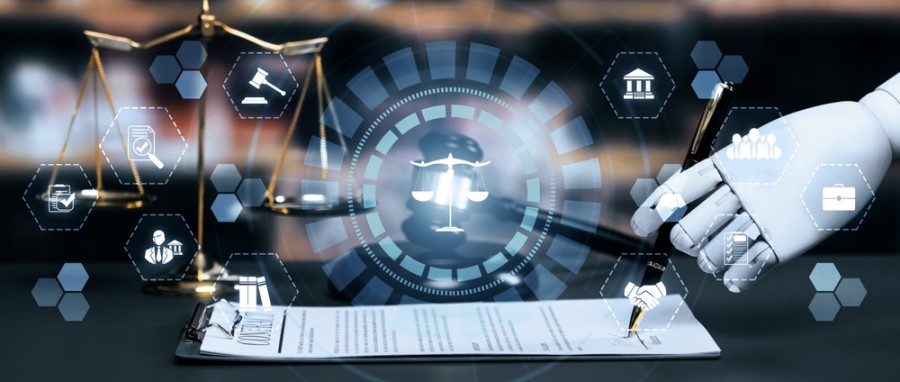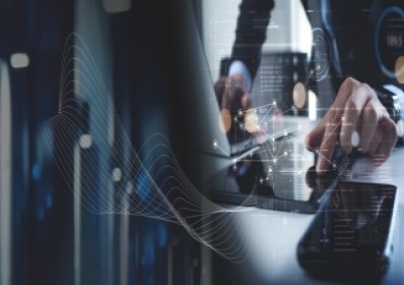
Technology is a great equaliser. Legal technology is no exception and enables law firms of different sizes and specialisations to handle client relationships, legal research effectively, keep track of cases, better accounting, contract drafting etc. In the recent past legal tech solutions have been backed by artificial intelligence, blockchain, IoT (internet of things), cloud services etc., to offer legal services promptly and efficiently tackle regulatory compliances.
Against that backdrop, the following are key legal technology tools indispensable for any law firm.
Case management solutions (or legal practice management solutions): Legal practice is a quotient of hardware and software infrastructure. Software solutions, such as case management solutions, supported by a workable blend of supporting hardware, are integral to sustaining a comprehensive digitisation transformation. Case Management Solutions platforms focus on supporting the legal department through better documentation, expense management, availability of information and team collaborations and render the necessities to achieve better staffing, budgeting, strategy, monitoring and evaluation. Further, such software assists law firms in managing client-related documents, files, and information by storing them in a single place and, for instance, making them accessible for clients and their attorneys in a law firm setup.
Document processing solutions (for collaborative work): While legal professionals have become more specialised with time, practices have become more intermingled. Accordingly, teams and departments work on different projects in real time, requiring lawyers to work together on projects and documents. Thus, collaborative word processing tools let users share access with others so that collaborations can be viewed, suggested, edited, and executed in real time. Document assembly software such as Microsoft’s Quickparts has convenient user interfaces for business purposes. Communication system solutions: Streamlined communication system solutions are primary to having efficient and effective communication systems in place. Voice over Internet Protocol (VoIP) solutions such as Slack allow organisations to place calls, store messages and do conference calls. These are effective intra-firm communication systems instruments that prioritise urgent and non-urgent information.
Client relationship management (CRM) solutions: CRM solutions allow professionals in general and law firms to track their business development needs by making it easy to onboard and manage clients, organise contacts and track and simplify the scheduling of meetings and appointments. Such solutions are cost-effective and cut down on the time required.
Time and billing solutions: Accounting and billing solutions are central to tracking time, creating invoices, and reconciling account statements since activity-based payments in legal matters lack a central time.
Drafting solutions: While lawyers are valued for their writing skills, AI-based drafting software has helped streamline the process. Tools available in the market come with proofreading, citation validation, and a feature to customise and update authority tables.
While technology has provided and is bettering such solutions and creating new solutions to address the legal-tech revolution, it has also created certain challenges:
Security: The dawn of technology and overarching data privacy legislation has created barriers by inviting threats to the privacy and security of data, most of which, within the legal industry, is confidential. Therefore, any legal organisation needs to keep up-to-date security policies that help cushion such issues, especially when practices gravitate towards remote environments.
Accountability: Technology-driven systems, for instance, AI-based systems, can synthesise large chunks of data, allowing greater personalisation. However, questions of accountability arise, for example, regarding data usage and the extent thereto in arriving at a certain output.
Considering the above, while there is a growing need to re-assess needs and develop solutions, preferably technology-driven solutions, there is also a need to determine corresponding challenges. Further, numerous tools and technologies are available in the market catering to law firms and legal services functions like Thomson Reuters’ legal software and services. However, one size doesn’t fit all. Therefore, a detailed analysis of the positioning of the firm, urgent and long-term requirements, comparative analysis of one legal tool/technology with another, licensing terms, privacy and security aspects, cost analysis, user-friendliness, etc., would help select the right tools and technologies.
About the authors
Anand Raut is an assistant professor of law and the head of the post-graduate department at Maharashtra National Law University Mumbai. Arvind Pardeshi is the deputy general manager at Reliance Jio Infocomm Limited.
The views expressed are personal.


